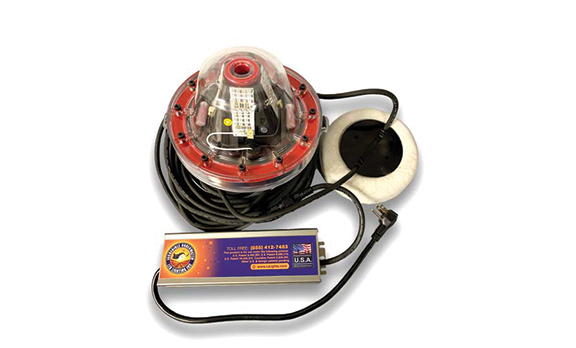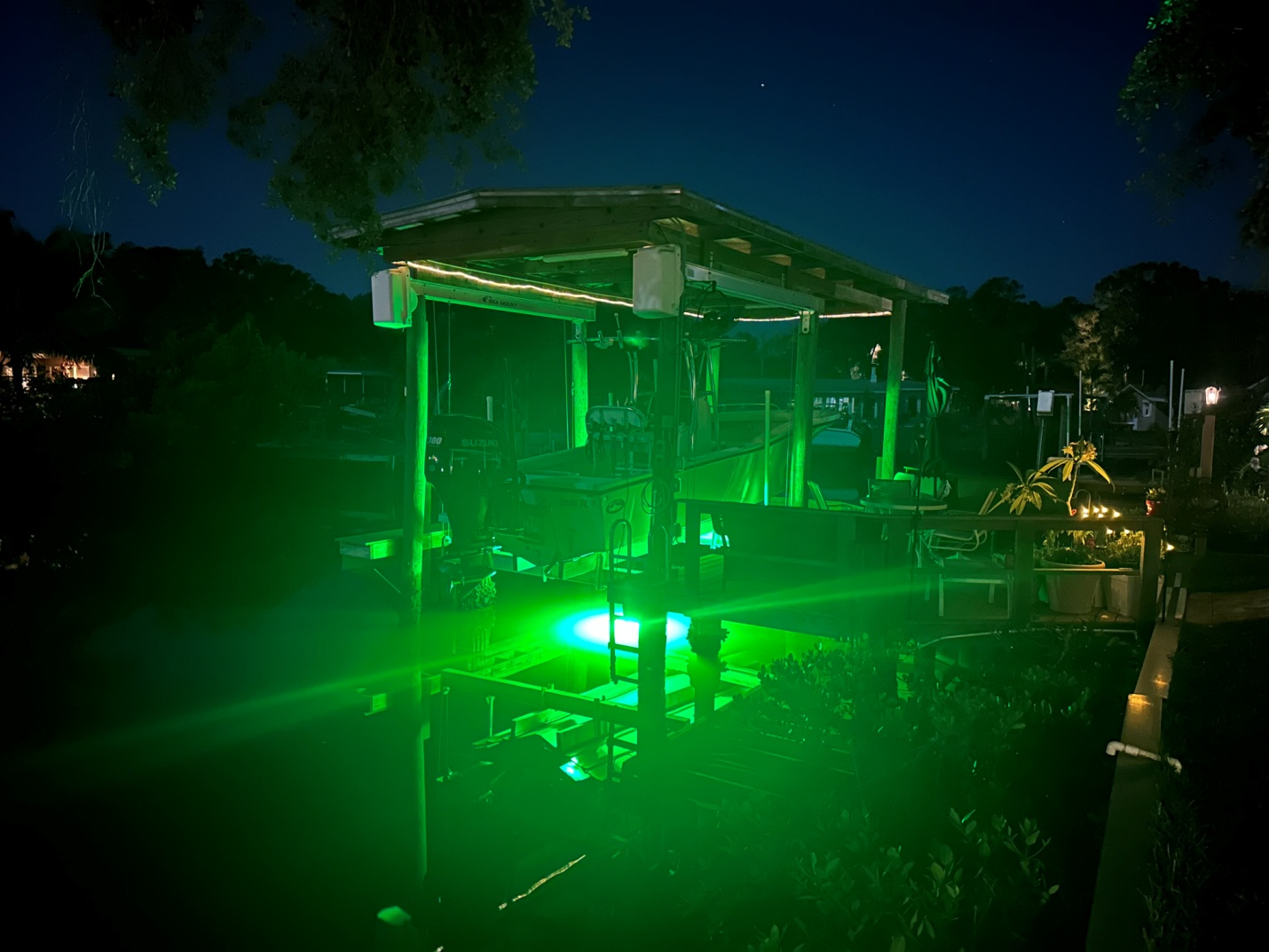Underwater lighting has become an innovative tool in marine environments, offering a unique way to enhance the natural ecosystem. By mimicking the natural light conditions of the ocean, underwater lights play a critical role in fostering a thriving marine habitat.
This blog discusses how underwater lighting contributes to creating and sustaining a natural ecosystem beneath the waves.
The Role of Light in Marine Ecosystems
Light is a fundamental component of any ecosystem, particularly in marine environments. Sunlight drives photosynthesis in aquatic plants and phytoplankton, forming the basis of the food chain. However, natural light penetration decreases with depth, leaving many parts of the ocean in perpetual darkness. Underwater lighting systems can bridge this gap by providing artificial light, which can help stimulate biological processes similar to those powered by natural sunlight.
Enhancing Plant Growth
Underwater lights are instrumental in promoting the growth of aquatic plants and algae. These organisms require light for photosynthesis, the process through which they convert light energy into chemical energy. By installing artificial lighting in deeper or shaded areas, it is possible to extend the habitats where these plants can thrive. Healthy plant life forms the backbone of marine ecosystems, offering food and shelter to a variety of marine species.
Supporting Marine Life
Marine creatures, from the smallest plankton to larger fish, rely on a well-lit environment for various activities. Predatory fish use light to hunt, while others use it to navigate and find mates. Artificial lighting can simulate the natural light cycles of day and night, helping to regulate the biological rhythms of these creatures. This regulation is crucial for maintaining the health and balance of marine populations.
Creating Habitats for Nocturnal Species
Not all marine life is active during the day. Many species are nocturnal and depend on the subtle lighting provided by the moon and stars. Underwater lights can be designed to mimic these conditions, offering a natural environment for nocturnal species to thrive. This aspect of underwater lighting helps in creating a more comprehensive and diverse ecosystem, accommodating the needs of both diurnal and nocturnal marine life.
Attracting Plankton and Small Fish
Underwater lights have been observed to attract plankton, which in turn attracts small fish and other marine animals that feed on them. This phenomenon creates a feeding hotspot, which can support a larger and more varied population of marine creatures. The presence of small fish then attracts larger predators, contributing to a balanced and dynamic food web.
Maintaining Water Quality
Aquatic plants and algae, supported by underwater lighting, play a significant role in maintaining water quality. Through photosynthesis, these organisms produce oxygen and absorb carbon dioxide and other nutrients. This process helps to keep the water clean and well-oxygenated, benefiting all marine life. By enhancing the growth of these plants, underwater lighting indirectly contributes to a healthier marine environment.

For those looking for the best underwater lighting for marine life, consider Incredible Underwater LED Lights. Our collection includes underwater fishing lights, underwater dock lights, underwater green lights, marine underwater lights, and underwater LED lights. With our patented technology and proven effectiveness, we can transform any underwater environment into a vibrant, natural ecosystem.
Contact us for more information.


